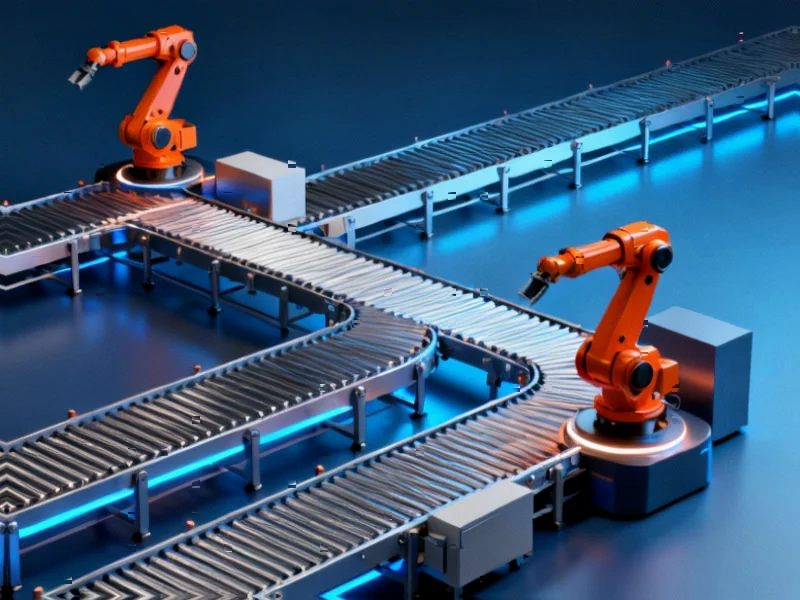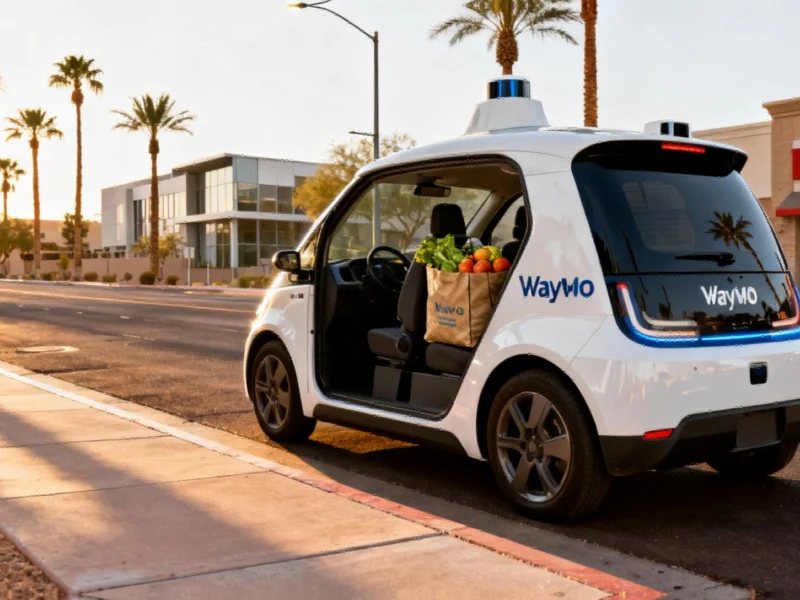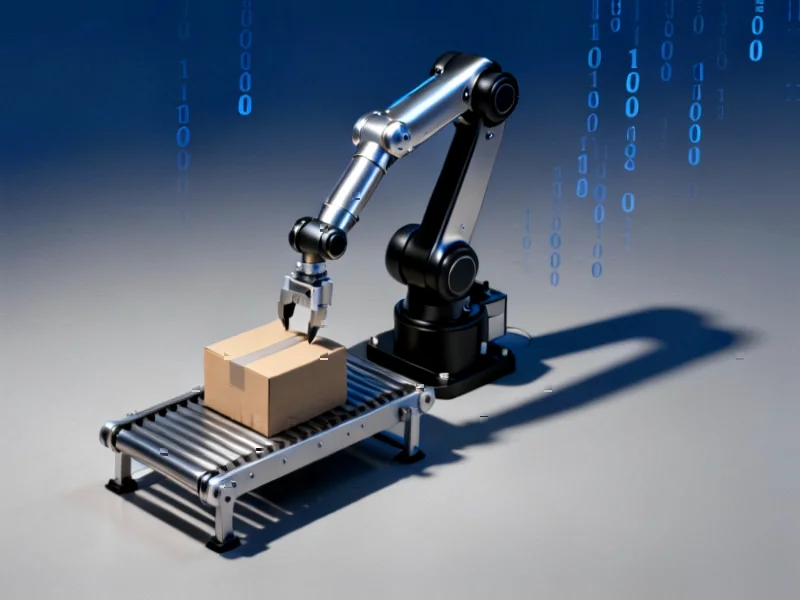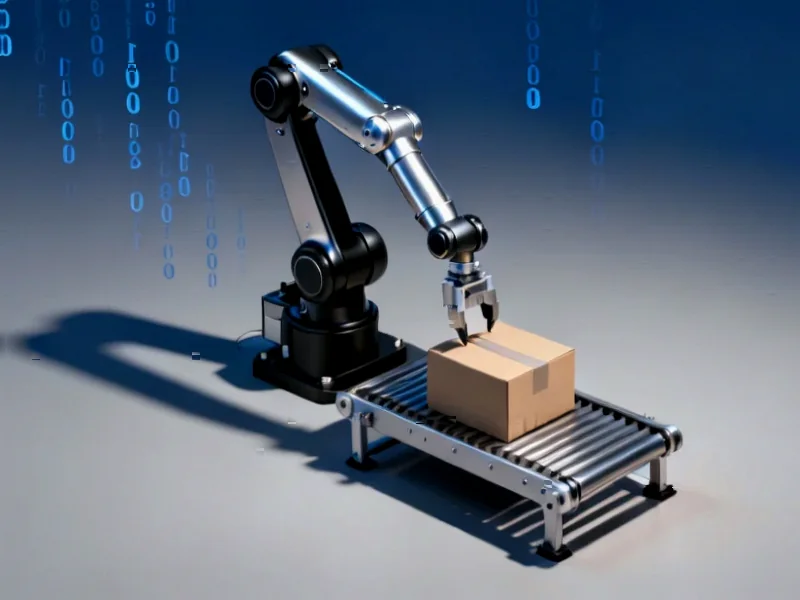The Automation Acceleration
Amazon is embarking on one of the most ambitious workforce transformations in corporate history, with internal documents revealing plans to automate 75% of its operations through robotics and advanced technology. This strategic shift, detailed in a comprehensive New York Times investigation, represents a fundamental reimagining of how the retail giant conducts business across its global network of fulfillment centers and distribution facilities.
Table of Contents
By the Numbers: The Scale of Automation
Currently standing as America’s second-largest employer with approximately 1.5 million workers worldwide, Amazon’s automation initiative could potentially replace more than half a million human positions. Despite this reduction in human labor, the company projects it will sell twice as many products by 2033 as it does today, highlighting the efficiency gains expected from this technological transition.
The transformation is already underway in facilities like the newly constructed Shreveport, Louisiana warehouse, where approximately 1,000 robots handle much of the packing and shipping work. This automated approach has already reduced staffing needs by 25% compared to traditional facilities, with projections indicating a 50% reduction in human employees by 2026. Amazon plans to replicate this model across approximately 40 facilities by the end of 2027., according to recent studies
The Business Imperative
According to the Times report, Amazon’s leadership, including CEO Andy Jassy, faces mounting pressure from the company’s board of directors to “do more with less.” This represents a significant departure from Amazon’s previous growth-focused strategy, which prioritized expansion over efficiency.
“For years and years, they were really investing for growth, and in the last three years the company‘s focus has shifted to efficiencies,” Wall Street analyst Justin Post told the newspaper, capturing the fundamental strategic shift occurring within the e-commerce behemoth.
Workforce Implications and Community Impact
The move toward increased automation carries significant implications for Amazon’s diverse workforce. The company’s warehouse employees are approximately three times more likely to be Black than the typical American worker, meaning the reduction in human labor could disproportionately affect minority communities. This demographic reality adds complexity to Amazon’s workforce transformation and raises important questions about the social impact of large-scale automation.
Amazon is reportedly developing a comprehensive public relations strategy to manage the transition, including increased community engagement and a shift in corporate terminology. The company plans to move away from words like “automation,” “AI,” and “robot” in favor of more collaborative terms such as “advanced technology” and “cobot” (robots collaborating with humans).
The Unionization Factor
Automation presents another strategic advantage for Amazon shareholders: robots cannot unionize. The company has experienced ongoing tensions with organized labor, including the recent dismissal of 150 unionized drivers in New York, which the company attributed to canceled contracts with a subcontractor. The move toward automation could potentially reduce future labor disputes while simultaneously increasing operational efficiency., as comprehensive coverage
The Future of Work at Amazon
While the automation initiative will reduce many traditional warehouse positions, Amazon emphasizes that new technical roles will emerge to maintain and oversee the robotic workforce. However, these positions typically require more specialized training and education, potentially creating a skills gap for current employees seeking to transition within the company.
As Amazon continues to balance technological advancement with workforce management, the company’s approach to this transition will likely serve as a blueprint for other major corporations considering similar automation strategies. The success or failure of this ambitious initiative could shape the future of industrial automation and workforce development across multiple sectors.
Related Articles You May Find Interesting
- Social Media Giants Face Legal Reckoning as Zuckerberg Ordered to Testify in You
- Microsoft’s Strategic Pivot: Nadella’s $96.5M Payday Reflects AI-First Transform
- European Aerospace Giants Near Landmark Space Merger to Counter SpaceX Dominance
- Xbox’s Premium Pivot: Inside Microsoft’s High-End Hardware Strategy Shift
- Oracle’s $225 Billion Gamble: Inside the Infrastructure Revolution Powering Agen
References & Further Reading
This article draws from multiple authoritative sources. For more information, please consult:
- https://sustainability.aboutamazon.com/employees
- https://www.ziffdavis.com/terms-of-use
- https://www.ziffdavis.com/ztg-privacy-policy
This article aggregates information from publicly available sources. All trademarks and copyrights belong to their respective owners.
Note: Featured image is for illustrative purposes only and does not represent any specific product, service, or entity mentioned in this article.



